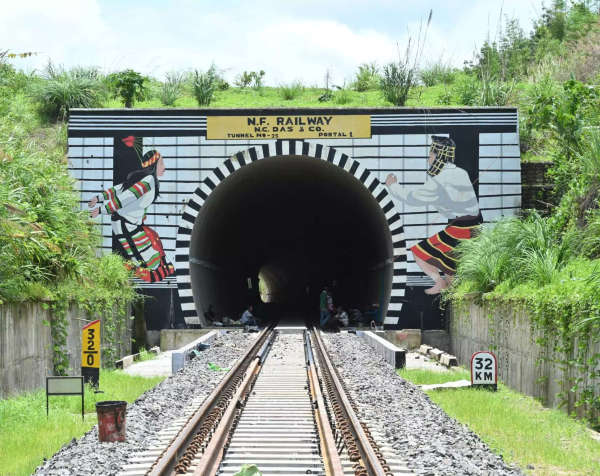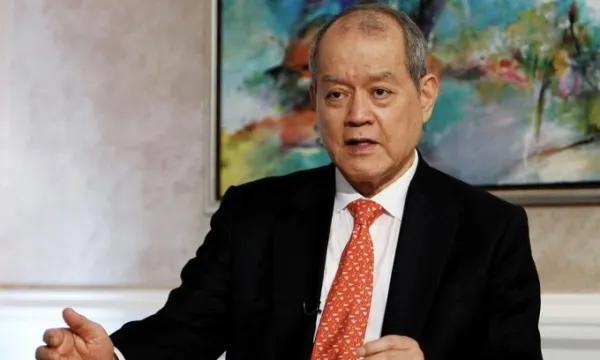 New Railway Line to Connect Aizawl
New Railway Line to Connect Aizawl
Aizawl, June 23: The Prime Minister is expected to inaugurate a newly constructed railway line that will link Aizawl, marking it as the fourth capital city in the northeastern region to gain railway access.
A senior official from the Mizoram government indicated that while the Prime Minister’s Office has yet to provide final confirmation, it is anticipated that the inauguration of the 51.38 km Bairabi-Sairang railway project will take place in July.
The Commissioner of Railway Safety (CRS) for the Northeast Frontier Circle, Sumeet Singhal, conducted an inspection of the newly constructed railway tracks from June 6 to June 10, granting the Northeast Frontier Railway (NFR) permission to operate both freight and passenger services on this line.
The Bairabi-Sairang railway project is segmented into four parts: Bairabi-Hortoki (16.72 km, operational since July 2024), Hortoki-Kawnpui (9.71 km), Kawnpui-Mualkhang (12.11 km), and Mualkhang-Sairang (12.84 km).
An NFR representative stated that this achievement completes the entire 51.38 km railway line from Bairabi, located near Assam’s Hailakandi district, to Sairang, near Aizawl, providing direct rail access to the capital of Mizoram for the first time.
The CRS thoroughly examined the final 33.864 km segment from Hortoki to Sairang between June 6 and June 10. Following this inspection, the CRS authorized the BG line from Hortoki to Sairang for public transport of goods and passengers at a maximum speed of 90 km/h on the main line.
With the completion of this last segment, Mizoram is now fully connected to the national railway network.
This significant development is expected to greatly improve both passenger and freight transport, boost socio-economic development, and fulfill the long-held dream of the people of Mizoram to have trains operating in their capital, according to the official.
Despite the challenging landscape, the NFR has accomplished remarkable work. The Bairabi-Sairang railway project is considered an engineering feat of the Indian Railways.
The project, situated in a mountainous area, includes 48 tunnels, 55 major bridges, and 87 minor bridges, with a total tunnel length of 12,853 meters. Notably, bridge number 196 stands at 104 meters, making it 42 meters taller than the Qutub Minar in Delhi.









